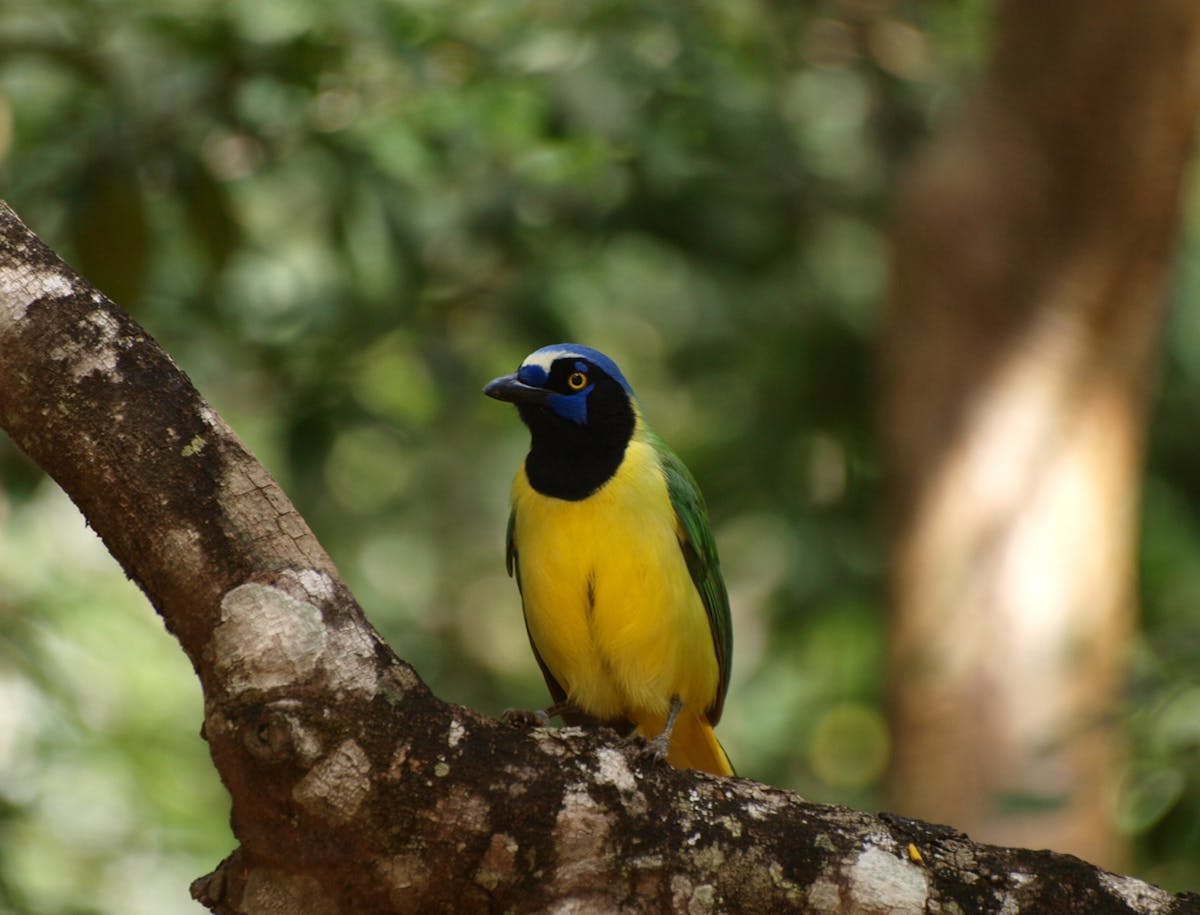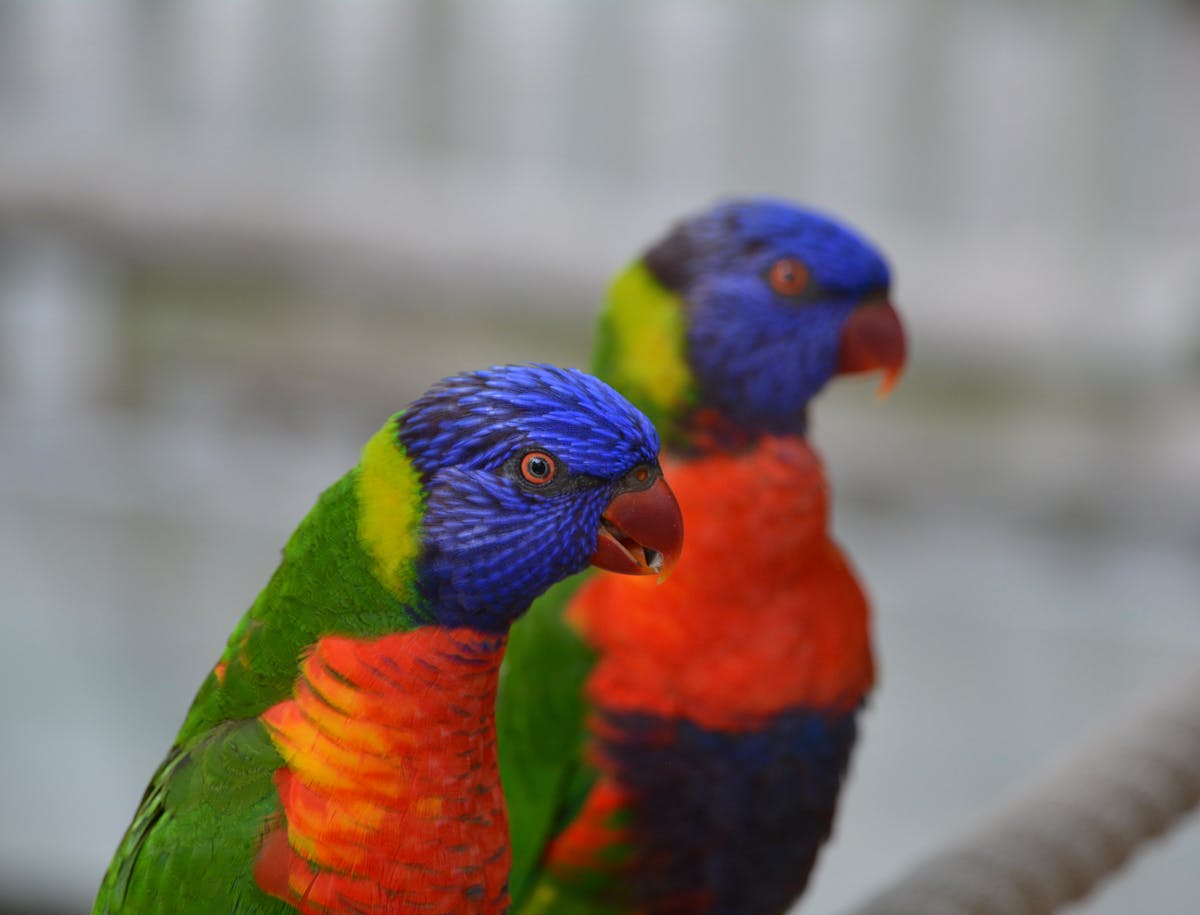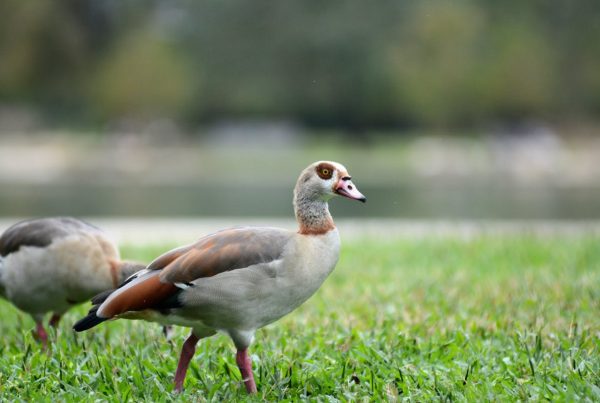The geography and ecology of Texas has endowed this part of the world with rich and varied populations of birds. Texas is blessed with an abundance of unique birds, with special adaptations, that are only found in this beautiful state, helping to shape its ecosystems.

Grasshopper Sparrow
Grasshopper Sparrow
The Texas grasshopper sparrow is a tiny songbird in its family. It lives mostly in and around Texas and typically inhabits prairies, grasslands and open brushy terrain. These habitats offer plentiful nesting sites and food sources. These birds have predominantly brown and gray plumage with streaks of black, which allows them to blend in with their surroundings. Its diet mainly comprises insects, especially grasshoppers, and beetles, although it also consumes some plant seeds. This bird most commonly nests in terrestrial areas and is a residential bird, but also can migrate to warmer regions.
Black-capped Vireo
The Black-capped Vireo is a small songbird primarily found in areas of parts of Texas and parts of northern Mexico. This bird is often identified by a black “cap” on its head that differs in color from the white around its eyes as well as the gray-green feathers on its body. Both sexes have similar body coloration, but males’ black caps are generally more vivid. The song of the black-capped vireo consists of a series of variable notes and trills and is heard primarily during the breeding season. It feeds on insects such as caterpillars, beetles and spiders. The bird constructs cup-shaped nests, typically 3 to 6 feet up, in low shrubs or small trees. It is a migratory species, breeding in parts of Texas and Oklahoma during the season and journeying to Mexico in winter.
Golden-cheeked Warbler
The golden-cheeked warbler is a small songbird that is native to Texas. It lives mainly in mature oak-juniper woodlands in Central Texas, depending on these particular habitats for nesting and breeding. Its name derives from the striking yellow color of its cheeks, which shine out from the black and white feathers. The Golden-cheeked Warbler has a very recognizable color scheme with its upper body a mix of black and white, with black and white patterning on its wings. Female and male golden-cheeked warblers are the same color overall, but males are typically brighter. Most of this warbler’s food is insects like caterpillars and beetles, which they collect from trees and leaves.

Green Jay
Green Jay
Green jayWe have a beautiful vibrant bird here, Green jay their upperparts are bright green wings and tail, the head which is black is contrasting with blue and yellow highlights on the wings and head. This colourful bird is highly social, typically travelling in small flocks or families, and is known for its intelligence and quick wit. Green jays can be found in dense forests, woodland edges, and even suburban areas where there are food sources. It feeds on insects, fruits, seeds, and small vertebrates. They also are known for their ability to adapt, learning quickly how to find food in unfamiliar places. Green jays are a resident species in Texas and are present year-round, visiting bird feeders or searching for food in the brush. With their bright colors and curious behaviors, they are popular and loved among birdwatchers and nature lovers.
Scissor-tailed Flycatcher
Long-tailed birds are called flycatchers; one of the most well-known members of this family is the Scissor-tailed Flycatcher, known for its unusually long, split tail nearly twice the length of the bird itself. This unique tail, coupled with its elegant acrobatic flight, has rendered it an impressive figure in its native environment in the south-central United States, particularly in Texas and Oklahoma. The Scissor-tailed Flycatcher has a light gray body, rosy-pink belly, black wing markings and a gray tail with black edging that fans and flutters in flight. It is a common open grassland, savannah and farmland species often seen sitting on powerlines and tree branches. They are trained aerialists, adept at catching flying prey like dragonflies and grasshoppers. Their elegant flying and long tails are a delight to birdwatchers and photographers alike.
Eastern Screech Owl
A Small, Adaptive Owl: The Eastern Screech Owl It measures 6 to 10 inches (15 to 25 centimeters) tall, has a pair of tufted ears, feathers that may be gray or reddish-brown and stripes and markings across its body that act as a great camouflagerons on tree bark. This owl dwells in diverse environments in Texas, ranging from forests and woodlands to suburban gardens and city parks, where it lays eggs in tree holes, deserted woodpecker holes or artificial nests. As nocturnal hunters, the Eastern Screech Owl uses hearing and sight to locate its prey, eating small mammals, birds, insects, and other invertebrates. Its versatility in adapting to various habitats combined with its omnivorous diet enable it to integrate seamlessly into rural and urban settings across Texas, contributing to ecological equilibrium by managing rodent and insect populations.
Gray Hawk
This is a medium-sized raptor that is a common resident in the southwestern United States, primarily along the Mexican border, with range extending through Mexico and into Central America. It has laced gray (or pinstriped) underparts and a dark gray back and wings. The tail is black and white striped, which is a stark contrast. Living in semiopen regions, including riparian zones, where forests are mixed with open fields, gray hawks feed on small mammals, birds, reptiles, and insects. Osprey often sit on tree branches or utility poles, searching for prey around them, and then accelerate quickly and finely through the air when targeting prey. Their call is a loud, high-pitched whistle that can often be heard echoing from their preferred habitats.
Texas’s avian fauna also embodies the biodiversity and unique physiognomy of the land.










